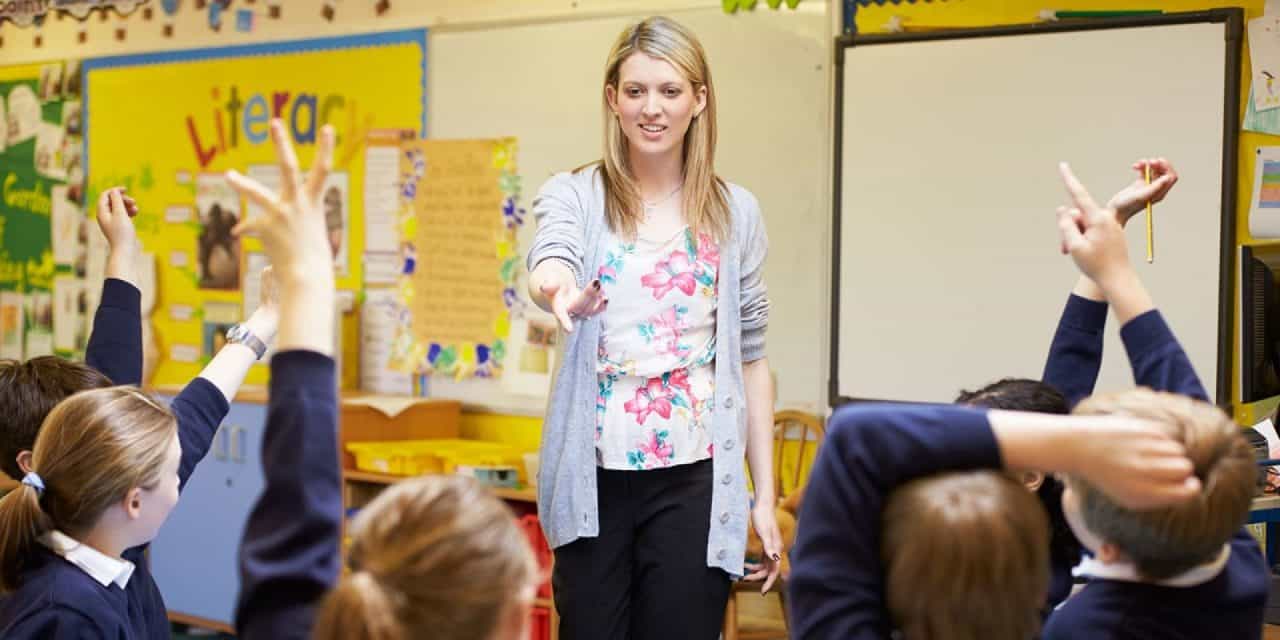Teaching can be a trying profession at times. While the natural and physical sciences are often more black-and-white in their right or wrong answers, they nevertheless inspire a startling amount of discomfort and even intimidation in learners. To help combat these apprehensions, we’ve put together ten methods to help encourage an affinity for learning physics in your students.
Have Confidence in Your Students’ Abilities
Henry Ford said, “Whether you think you can or whether you think you can’t, you’re right.” While he referred more to faith in one’s own capacity to succeed, the same idea is generally true about our belief in others. Students with low self-esteem may be especially vulnerable to a teacher’s belief or lack thereof. It may be helpful to inform them of the insecurities of physics’ titans of eras past: Einstein and Newton are the most obvious examples.

A measure of caution is warranted, however, as highlighting others’ lack of confidence is by itself not a fantastic way to instil the presence of it in one’s pupils. Instead, try to guide them gently but firmly to a love of physics.
This might be done by using real-world examples pertinent to students’ personal interests and by speaking in an excited (and therefore, exciting) manner about broader, easily-understood concepts before diving into the nitty-gritty of it.
Expressing Said Confidence to Students
Similar to the first practice, explicitly stating one’s belief in students’ capabilities serves as an extra nudge in the right direction. Anyone is likelier to respond well to cheerleading than to alienation. Hands-on projects, like having students float magnet rings around a pencil, or filling an uncapped bottle completely and freezing it to observe the overflow of ice, is not only exciting but can fill students with higher self-assessment if they can figure out some of the steps on their own.
Allowing More Initiative
Performing activities in front of students is not the same as participating alongside them. When working with students, and then allowing them to take the wheel, they are more likely to feel satisfied with results and complete future assignments enthusiastically. Some might even begin to read further on their own, seeking out works by Jennifer Ouellette or Lawrence Krauss.
Memorisation
Repetition needn’t be dull. Mnemonics are a timeless method of deepening neural pathways, which tend to long outlast a semester or school year. Linguistic hacks and rhymes are a fun and actively-engaging way to ensure that learners are mentally present.
Enjoyability of Learning
Students are more likely to care about momentum if it applies to them, such as the velocity of sledging down a snowy hill.
Set Reasonable Homework
Both quantity and content of homework should be monitored, as students being unchallenged or inundated are both recipes for a dearth of learning. Asking students to postulate the cause of Fermi bubbles when they’re still figuring out gravity may be unwise.
Engaging One-On-One
Many people prefer feeling like individuals rather than anonymous faces in a crowd. Speaking one-on-one with students may encourage them to read up on higher-dimensional space, whether it’s a direct assignment or mere speculation beyond what’s taught. Both have the power to change lives.

Staying in Touch With Parents
Mothers and fathers who appear disinterested in assisting their children with their work may just not know how to help. Continued communication with parents about their children’s progress can help to keep any challenges from going unaddressed.
Keeping an Eye on Students’ Organisation
If a kid struggles to keep his or her binders and folders in order, diligently-completed assignments might vanish into a swamp of papers. Helping to separate notes and schoolwork ordered by module will help separate electricity and magnetism from wind power.
Practising Whole Brain Teaching
This is an innovative new method by which teachers explain a concept before having the students explain it to one another. If students know enough about elliptical orbits to lay out the details to others, then they’ve learned well.
Getting students directly interested in physics will help them with more than just their future science classes. It inspires critical thinking that helps across the curriculum.

Point to Point Education help teachers take their careers overseas. Contact us today to find out more about the opportunities available for you.

Teach in Melbourne, Australia – Your Next Great Adventure Starts Here
Explore full-time teaching opportunities with personalised support from Point to Point Education. Your Teaching Career, Reimagined in Melbourne, Australia Have you ever dreamed of teaching abroad — combining meaningful work…
Read More
The Impact of Finder’s Fees on Teacher Recruitment: Are They Worth the Cost?
Recruiting and retaining top teaching talent is one of the biggest challenges facing schools today. With an ongoing teacher shortage and increasing financial pressures, many schools turn to supply agencies…
Read More
